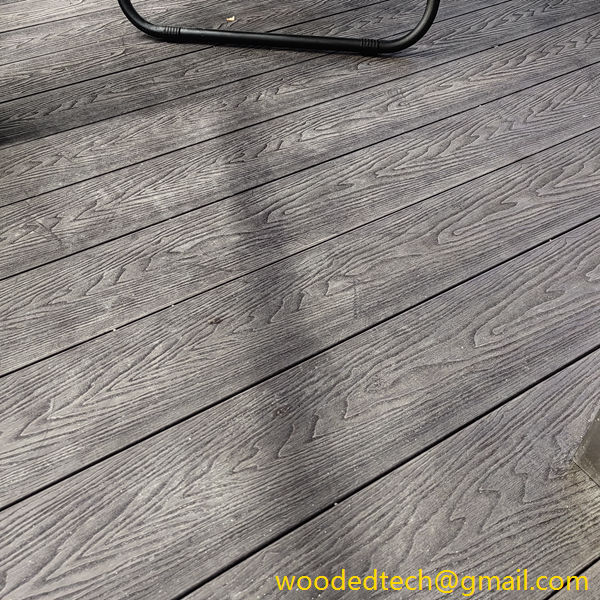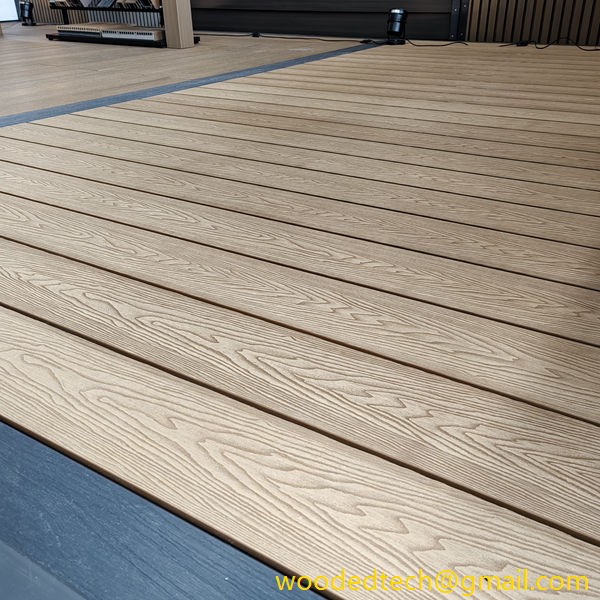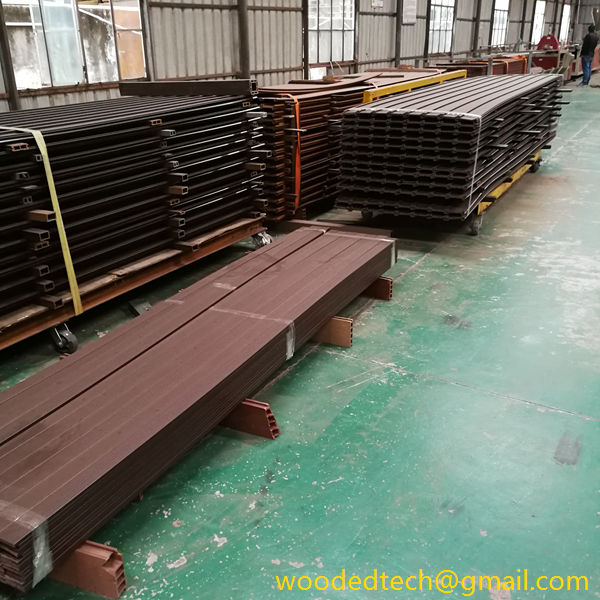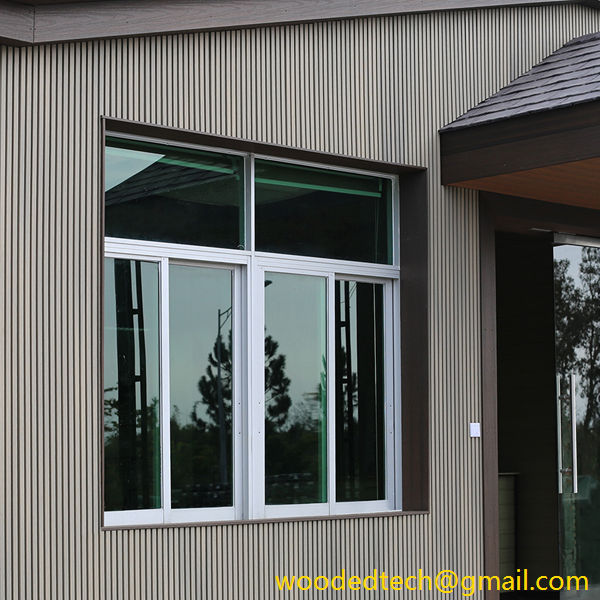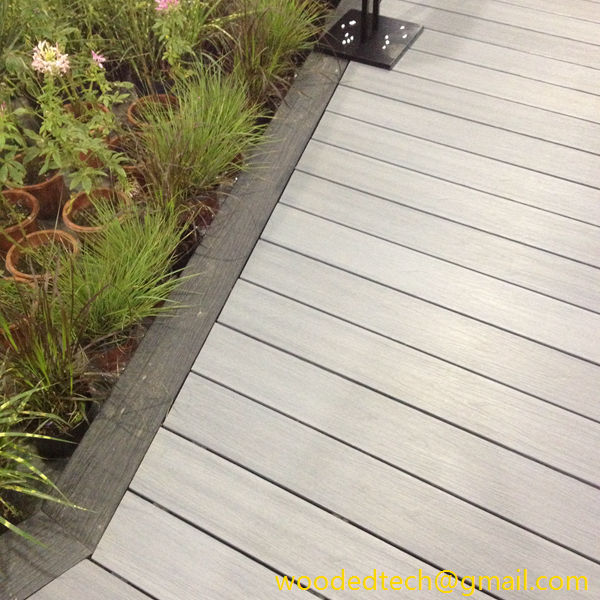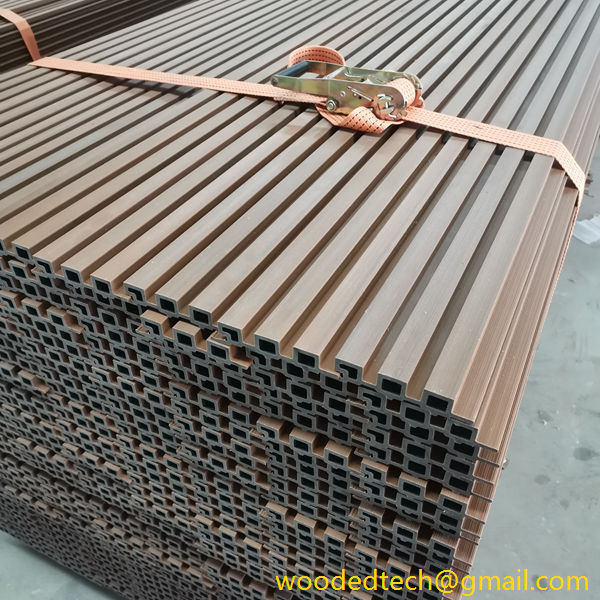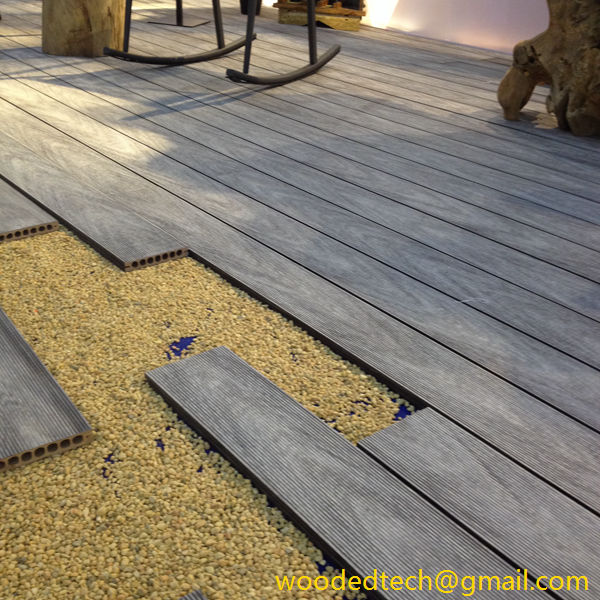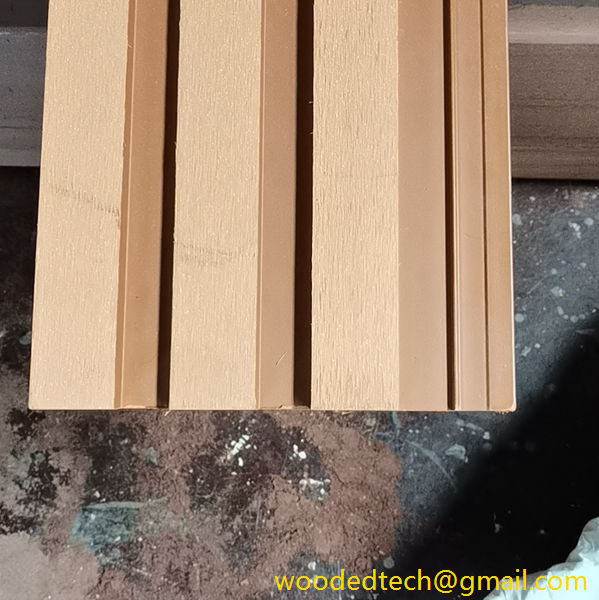Understanding Low Composite Deck Options for Cost Efficiency
Understanding Low Composite Deck Options for Cost Efficiency In recent years, the demand for composite decking has surged as homeowners and builders alike seek sustainable and cost-effective alternatives to traditional wood decking. Composite decking, made from a blend of wood fibers and plastic, offers a durable and low-maintenance solution for outdoor spaces. However, not all…
Understanding Low Composite Deck Options for Cost Efficiency
In recent years, the demand for composite decking has surged as homeowners and builders alike seek sustainable and cost-effective alternatives to traditional wood decking. Composite decking, made from a blend of wood fibers and plastic, offers a durable and low-maintenance solution for outdoor spaces. However, not all composite decking options are created equal, and understanding low composite deck options can lead to significant cost efficiencies without compromising on quality or aesthetics.
Composite decking can be categorized into two primary types: capped and uncapped. Capped composite decking features a protective layer that shields the core from moisture, fading, and stains, while uncapped options lack this additional protection. Low composite deck options typically fall under the uncapped category, presenting a more budget-friendly alternative for those looking to minimize costs while still achieving a beautiful outdoor space.
One of the primary advantages of opting for low composite decking is the reduced initial investment. Uncapped composite boards are generally less expensive than their capped counterparts, making them an attractive choice for homeowners who wish to stay within a budget. This cost efficiency can be particularly appealing for large projects where the total square footage of decking required can lead to substantial savings. Additionally, many manufacturers offer a range of colors and finishes in their uncapped lines, ensuring that homeowners can still achieve the desired aesthetic without breaking the bank.
Despite the lower price point, it is essential to consider the potential long-term implications of choosing uncapped composite decking. While the initial costs may be lower, uncapped boards may require more frequent maintenance and replacement over time, especially in harsh weather conditions. They are more susceptible to moisture absorption, which can lead to warping, swelling, and even mold growth if not properly cared for. Therefore, homeowners must weigh the short-term savings against the potential long-term costs associated with maintenance and replacement.
Another consideration when exploring low composite deck options is the environmental impact. Composite decking is often marketed as a sustainable choice, primarily due to its use of recycled materials. However, not all composite products are created equal in terms of sustainability. Some manufacturers prioritize eco-friendly practices by using a higher percentage of recycled materials in their uncapped options. This not only reduces the environmental footprint of the decking but can also lead to cost savings through the use of less expensive raw materials. Understanding the sourcing and manufacturing practices of different brands can help homeowners make informed decisions that align with their values.
In addition to the material composition, the design and installation of composite decking also play a crucial role in cost efficiency. Low composite deck options may require specific installation techniques to ensure longevity and performance. Homeowners may need to invest in additional support structures or fasteners to accommodate the characteristics of uncapped boards. For instance, the spacing between joists may need to be adjusted to prevent sagging or warping over time. While these considerations may entail additional upfront costs, they can ultimately contribute to a more durable and long-lasting deck, reducing the likelihood of costly repairs or replacements in the future.
Moreover, homeowners should also factor in the potential for DIY installation when considering low composite deck options. Uncapped composite boards are often lighter and easier to handle than capped boards, making them an attractive choice for those who are looking to take on a DIY project. By eliminating labor costs associated with professional installation, homeowners can further enhance their cost efficiency. However, it is crucial to ensure that the DIY approach does not compromise the installation quality, as improper installation can lead to issues down the line.
Another emerging trend in low composite decking is the development of innovative manufacturing technologies that enhance the performance of uncapped boards. Some manufacturers are incorporating advanced treatments and additives that improve resistance to moisture and UV exposure, effectively bridging the gap between capped and uncapped options. By investing in these advanced technologies, homeowners can enjoy the aesthetic benefits and cost savings of uncapped composite while minimizing potential drawbacks.
In conclusion, understanding low composite deck options is essential for homeowners seeking cost efficiency without sacrificing quality. While uncapped composite decking presents a more budget-friendly alternative, it is vital to consider the long-term implications of maintenance, environmental impact, and installation requirements. By conducting thorough research and exploring innovative materials and technologies, homeowners can make informed decisions that align with their financial goals and aesthetic preferences. Ultimately, the right choice in composite decking can lead to a beautiful and functional outdoor space that stands the test of time.

